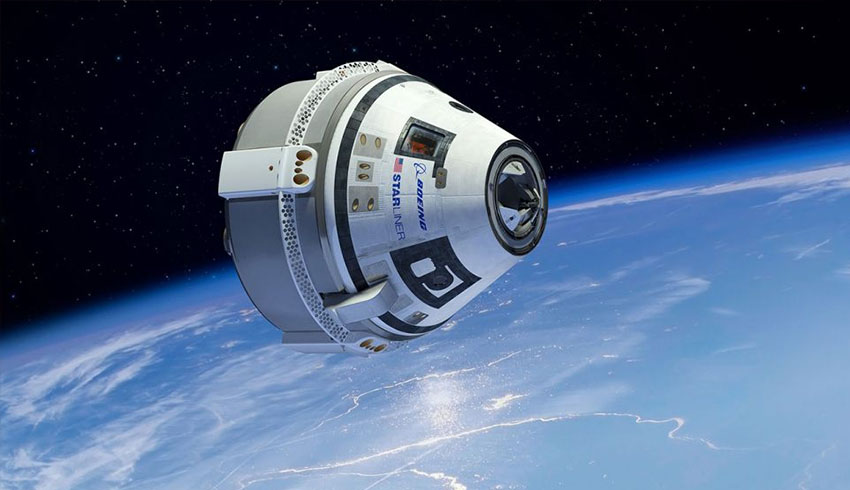The original date for the launch was April, however Boeing has cited "tight scheduling" and conflicts with another launch as the reason for the spacecraft's delay.
“In order to avoid unnecessary schedule pressure, not interfere with a critical national security payload, and allow appropriate schedule margin to ensure the Boeing, United Launch Alliance and NASA teams are able to perform a successful first launch of Starliner, we made the most responsible decision available to us and will be ready for the next launch pad availability in August,” the company said in a statement provided to website SpaceNews.
The clash is with the Advanced Extremely High Frequency (AEHF) 5 military communications satellite, scheduled to launch in late June on another Atlas 5 from the same pad at Cape Canaveral, Florida.
The Starliner spacecraft is designed to accommodate up to seven passengers for missions to low-Earth orbit, or up to four NASA crew members to the ISS.
The spacecraft is reusable up to 10 times with a six-month turnaround time, and features an innovative, weldless design that "eliminates the structural risks of traditional welds, and it also reduces mass and production time".
Boeing signed a $4.2 billion contract with NASA in 2014 for the development of Starliner to reintroduce orbital human spaceflight capabilities to the US, after NASA retired its space shuttle fleet in 2011.
NASA has since depended on Russian rockets and spacecraft to taxi US astronauts to the ISS, which currently costs US$80 million per person.
In addition to the uncrewed and crewed flight test, NASA has ordered six Boeing crew rotation missions to the ISS aboard the Starliner, which will be Boeing's first commercial human spaceflight missions.

